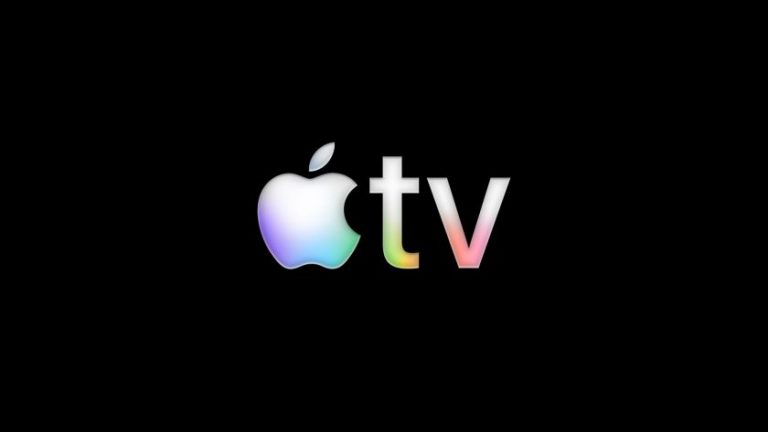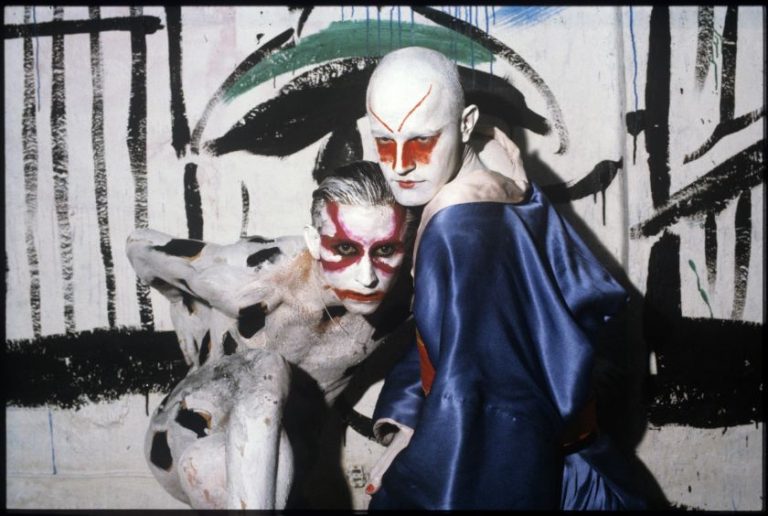Over the past 18 months, Koto has worked quietly behind the scenes to unify Amazon’s sprawling visual ecosystem, redesigning the tech giant’s master brand and over 50 sub-brands into a modern, flexible system built for global scale.
When you think of Amazon, what springs to mind? Probably the smile, maybe a box, or even an Alexa chirping in the background.
However, behind that familiar grin lies one of the most complex brand ecosystems you could imagine, with a sprawling web of services that spans groceries, entertainment, cloud computing, healthcare, smart tech, and more.
Now that ecosystem has been brought under one coherent roof through a project spearheaded by Koto in a sweeping refresh of Amazon’s master brand and over 50 sub-brands, covering 15 global markets and touching billions of daily interactions. From packaging to Prime, Alexa to One Medical, this transformation was far more than a visual tidy-up. It’s a complete strategic rethink.
Koto’s team describes the project as “a flexible, modernised architecture that accommodates the diversity of Amazon’s products and services across industries ranging from entertainment to healthcare, groceries, and beyond.” In short, one brand system to rule them all (or at least make sense of them).
It’s no secret that Amazon’s growth has been turbocharged over the past two decades, but scale and speed have their costs, and for Amazon, that’s meant a patchwork brand experience. Different teams, different markets, and different sub-brands spoke slightly different visual languages. While the smile was always there, everything around it had started to drift.
Koto’s remit was to create a unified system that could keep pace with Amazon’s ever-expanding offering while restoring clarity and consistency across the board. The result is a brand that’s instantly recognisable yet more versatile than ever.
At the heart of the new system are refined versions of Amazon’s most iconic brand elements. That signature smile is now a touch warmer, and the logo system has been simplified and structured to ensure coherence. The typeface – Ember Modern – has been custom-designed for legibility and personality, with the colour palette becoming broader and brighter and built to flex across platforms, languages, and regions.
In the words of the Koto team, “This new identity isn’t just a facelift – it’s a flexible, modernised architecture… that moves at Amazon’s speed.”
One of the most impressive things about this rebrand is its sheer breadth. It’s already been rolled out across delivery vans, uniforms, digital interfaces, packaging, and even Formula 1 race cars, making Amazon’s updated identity visible (and consistent) in both the everyday and the unexpected.
Importantly, this wasn’t about reinventing the wheel, so Koto’s approach is what you might call ‘radical coherence’. This meant updating Amazon’s most recognisable cues with care, not shock value. That familiar feeling remains, but everything’s just that bit more refined, more human, and more future-fit.
For a company with Amazon’s footprint – digital and physical, local and global – that balance is critical. As Koto puts it, “The result is a brand system that works at scale, across cultures, languages, and industries, and maintains Amazon’s distinct personality wherever it shows up.”
Interestingly, Amazon hasn’t shouted too loudly about the rebrand (yet). It’s been a quiet rollout, embedded into real-world touchpoints rather than broadcast with fanfare. Think of subtle changes to your Prime app or delivery packaging, which are changes you might not consciously notice but that make the experience feel smoother, more consistent, more… Amazon.
Still, the scale and strategic impact of this work are hard to ignore. With a client like Amazon, the stakes are sky-high, and the margins for error are razor-thin. Landing a global system that looks good, works everywhere, and actually simplifies things is no small feat.
So, what does this rebrand really tell us? First, even the world’s most dominant brands need the occasional pit stop. Second, cohesion doesn’t have to come at the cost of character. Third, when design is done right, with restraint, clarity, and intent, it can quietly transform how billions of people experience a brand every day.
For Koto, the Amazon rebrand marks not only a major milestone in its own trajectory but also a case study in global design leadership. It’s big work, done thoughtfully and proof that even tech’s biggest players still need a strong creative partner to help them speak with one voice.
After all, even the world’s most ubiquitous smile needs a refresh every now and then.










